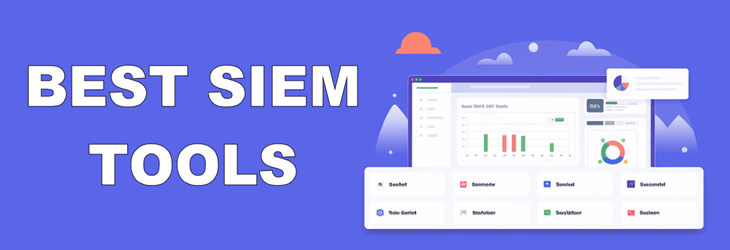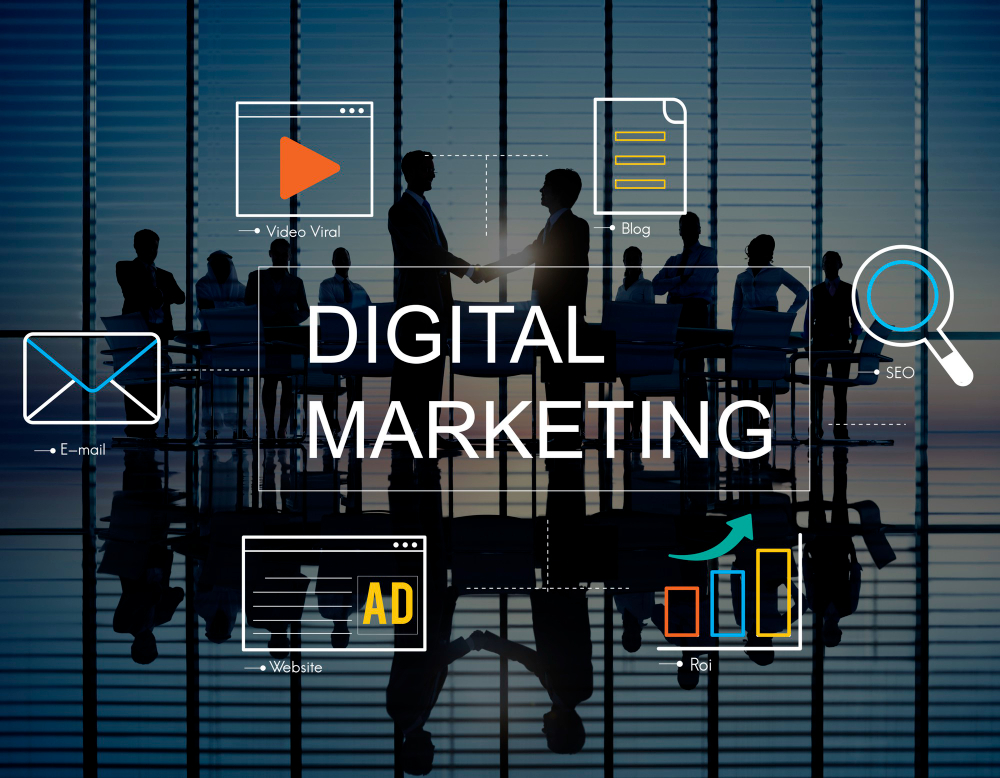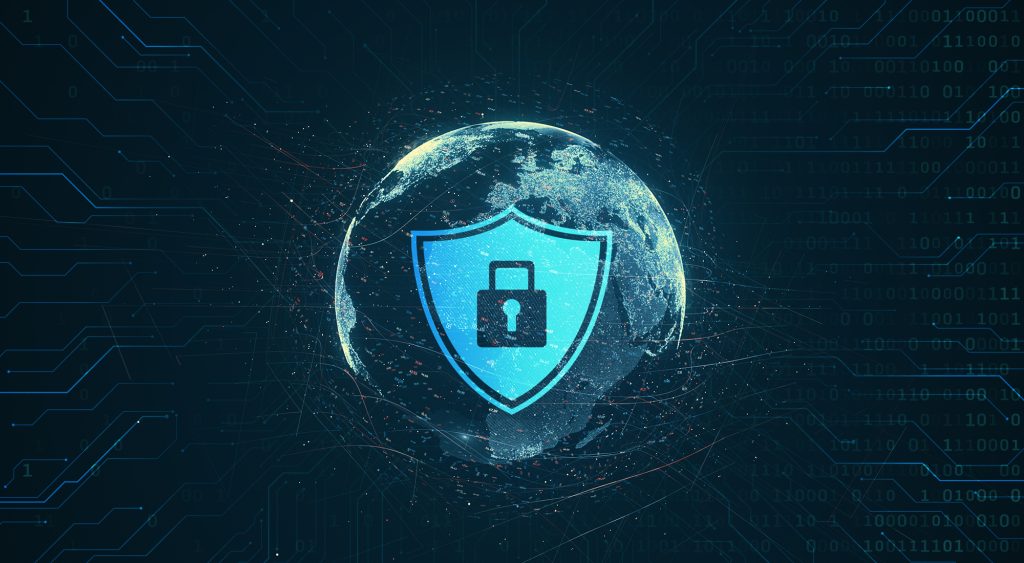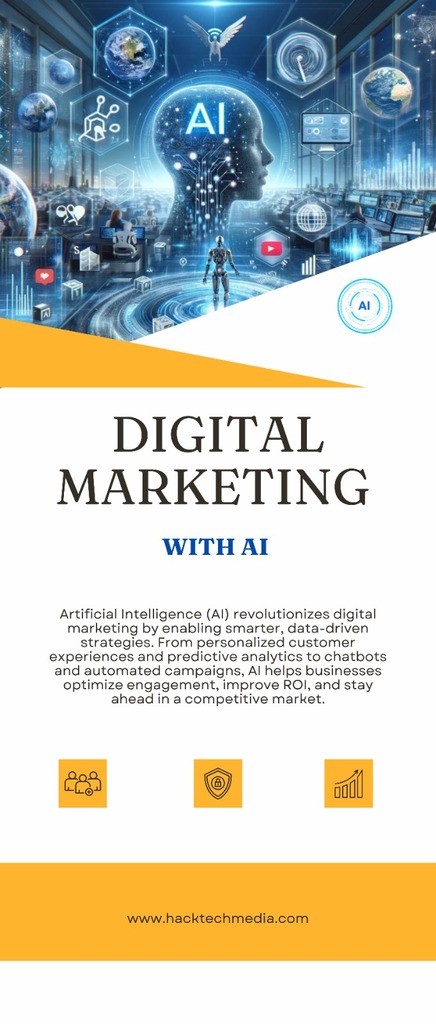
Introduction to SIEM Tools
Security Information and Event Management (SIEM) tools are critical in modern cybersecurity, combining threat detection, analysis, and response in one platform. SIEM solutions are especially important in sectors like healthcare, finance, and retail, where data protection and compliance are essential.
A robust SIEM platform helps security teams monitor network activity, spot anomalies, and address threats quickly. By automating log analysis and providing real-time insights, SIEM tools allow organizations to protect sensitive data, adhere to regulatory requirements, and prevent costly breaches. For companies across industries, choosing the right SIEM solution can be a game-changer for security and operational efficiency.
What to Look for in a SIEM Tool
Choosing the best SIEM tool for your organization means focusing on specific features like scalability, ease of use, and integration with other software. Organizations should prioritize SIEM platforms that are cloud-compatible, provide a unified view of security events, and align with regulatory compliance standards.
Look for tools that integrate seamlessly with your existing infrastructure, whether on-premise or cloud-based, and prioritize platforms that offer customizable reporting. Some organizations may need SIEM tools with advanced analytics and machine learning to proactively identify potential threats. Ultimately, a good SIEM solution should not only protect data but also streamline security processes.
The Top 10 SIEM Tools for Every Industry
3.1 Splunk
Splunk offers robust features for analyzing machine data and is highly customizable. Its scalability makes it ideal for large enterprises, and it supports cloud, on-premise, and hybrid environments. Splunk’s strengths lie in its real-time monitoring and ability to handle massive data volumes, making it suitable for sectors like finance and retail.
3.2 IBM QRadar
IBM QRadar is known for its advanced threat intelligence and integration capabilities. The platform offers AI-driven insights and threat detection, helping businesses tackle complex cybersecurity challenges. QRadar’s flexibility makes it a fit for industries with high regulatory requirements, such as healthcare and finance.
3.3 LogRhythm
LogRhythm is a reliable choice for small-to-medium businesses. Its user-friendly interface, combined with powerful detection capabilities, makes it a great option for teams with limited resources. This tool helps streamline security monitoring and incident response, ideal for industries that require cost-effective yet comprehensive security measures.
3.4 SolarWinds
SolarWinds is favored for its real-time event correlation and easy deployment. Its affordability and usability make it a preferred choice for companies that need quick and reliable insights into their security landscape. SolarWinds is commonly used in the education and small business sectors.
3.5 Sumo Logic
As a cloud-native platform, Sumo Logic is designed to handle complex data and offers strong scalability. It’s well-suited for industries undergoing digital transformation, like tech and e-commerce, where monitoring cloud environments is essential. Sumo Logic’s AI-driven analytics enable quick identification of security threats in dynamic infrastructures.
3.6 Microsoft Sentinel
Microsoft Sentinel is particularly beneficial for companies using Microsoft services, offering seamless integration with Azure and Microsoft 365. This tool uses AI to provide real-time threat detection and is cost-effective for organizations already operating within the Microsoft ecosystem.
3.7 ArcSight
ArcSight is known for its large-scale capabilities, often used by enterprises with substantial data and high compliance demands. Its robust analytics and extensive reporting make it a preferred choice in government and heavily regulated industries. ArcSight provides comprehensive security monitoring and is customizable to fit specific compliance needs.
3.8 Exabeam
Exabeam focuses on behavioral analytics, enabling organizations to detect insider threats and advanced attacks. Its user-focused design makes it intuitive, and it offers automated incident response. Exabeam is popular among companies that require precise threat detection and rapid response, such as finance and healthcare.
3.9 AlienVault OSSIM
AlienVault OSSIM, an open-source option, is accessible to smaller businesses and startups looking for essential security features without the cost. It offers foundational threat detection and monitoring, though it may lack some of the advanced features in enterprise-level solutions.
3.10 RSA NetWitness
RSA NetWitness stands out with its advanced threat detection and forensics. This tool provides a comprehensive view of network activity, making it suitable for enterprises focused on data security and regulatory compliance. It’s often used in finance and telecom due to its powerful investigative capabilities.
Choosing the Right SIEM Tool for Your Industry
Each industry has specific requirements when it comes to cybersecurity. For example, healthcare organizations need SIEM tools that comply with HIPAA, while financial institutions may require advanced threat intelligence to detect and respond to sophisticated attacks. Retailers benefit from SIEM solutions that ensure PCI compliance and protect customer payment data.
When selecting a SIEM tool, consider the unique compliance and security demands of your sector. Evaluating industry-specific needs ensures that the chosen tool not only aligns with regulations but also enhances overall security posture.
Key Considerations for Implementing a SIEM Tool
Implementing a SIEM tool can be a transformative step for a company’s cybersecurity. However, it requires careful planning and consideration to maximize its effectiveness. Here are a few important factors to keep in mind:
- Define Security Goals and Objectives: Before implementing any SIEM platform, it’s crucial to outline clear goals. Whether it’s improving incident response times, enhancing data visibility, or meeting compliance requirements, understanding these goals will guide the configuration and use of the SIEM.
- Evaluate Integration Capabilities: SIEM tools should seamlessly integrate with existing security and IT infrastructure. This includes compatibility with endpoint security, firewalls, intrusion detection systems (IDS), and cloud services. Proper integration minimizes gaps in security coverage and allows for a more streamlined security strategy.
- Prioritize User Training and Resource Allocation: Even the best SIEM tool will be ineffective without trained staff to manage it. SIEM platforms require skilled personnel who understand how to interpret alerts, respond to incidents, and fine-tune settings over time. Investing in training or partnering with a managed security services provider (MSSP) can be essential for companies with limited in-house security resources.
- Continuous Monitoring and Tuning: SIEM tools are not “set-and-forget” solutions. Security needs evolve, and threats change, which means organizations should routinely review and adjust their SIEM configurations. Tuning rules and updating detection mechanisms regularly can reduce false positives and help security teams focus on genuine threats.
Additional SIEM Tools Worth Considering
While the top 10 SIEM tools mentioned offer robust capabilities, there are also other noteworthy options for organizations with unique needs or specific budgets. Here’s a brief look at a few additional SIEM tools:
ManageEngine Log360
ManageEngine Log360 combines log management with threat detection to provide an all-in-one solution for monitoring network and user activity. This tool is favored by small-to-medium businesses due to its user-friendly interface and affordability. It also offers comprehensive reporting, which can be a valuable asset for compliance tracking.
Greylog
An open-source alternative, Greylog is popular among organizations that require a cost-effective solution with strong log management capabilities. Greylog is customizable and allows teams to build tailored alerts and dashboards, making it a great choice for technical teams that want more flexibility.
Fortinet FortiSIEM
Fortinet FortiSIEM offers a unified approach to security and operations management. Known for its real-time incident response, FortiSIEM is well-suited for organizations that require a single pane of glass for network and security operations. It’s especially useful in industries like manufacturing and energy, where operational security is just as critical as cybersecurity.
Trends in SIEM Solutions for 2024 and Beyond
As the cybersecurity landscape continues to evolve, SIEM tools are also adapting to meet new demands. Here are some of the emerging trends in SIEM solutions to watch in 2024 and beyond:
- AI and Machine Learning Integration: Many modern SIEM tools are now leveraging AI and machine learning to detect complex, hard-to-spot threats. These capabilities allow for automated detection of anomalies, which reduces the need for manual intervention and helps identify threats that traditional methods may miss.
- Cloud-Based SIEM Adoption: With more businesses moving to cloud infrastructures, SIEM tools are following suit. Cloud-based SIEM solutions offer scalability, easier deployment, and lower upfront costs, making them ideal for organizations with hybrid or multi-cloud environments.
- User and Entity Behavior Analytics (UEBA): By incorporating UEBA, SIEM tools can detect deviations in user behavior that might indicate insider threats or compromised accounts. This trend is becoming essential for companies looking to enhance detection capabilities related to human behavior, especially in industries like finance and healthcare.
- Increased Focus on Compliance and Data Privacy: As regulations become stricter worldwide, SIEM tools are being equipped with advanced compliance reporting and data privacy features. This shift helps organizations stay compliant with local and international standards, including GDPR, HIPAA, and CCPA.
- Managed SIEM Services: For smaller organizations or those with limited cybersecurity teams, managed SIEM services are a cost-effective solution. These services offer the benefits of SIEM without requiring extensive in-house resources, making them a viable option for companies of all sizes.

Final Thoughts on Selecting the Best SIEM Tool
Investing in a SIEM tool is a strategic move that can enhance security visibility, improve incident response, and help meet compliance standards. The right SIEM platform not only safeguards data but also supports a company’s broader business goals. By evaluating the unique needs of your industry, budget, and technical resources, you can choose a SIEM solution that aligns with your security objectives.
With the diverse range of SIEM tools available today, from open-source to enterprise-grade solutions, there’s an option for every organization. Carefully weigh the features, scalability, and industry relevance of each tool to make an informed choice. Remember, a well-chosen SIEM tool is a powerful asset in today’s threat landscape, empowering your organization to stay resilient against cyber threats.
This content builds on the initial blog post, providing additional insights into SIEM implementation considerations, other notable tools, emerging trends, and final recommendations for organizations. This expanded post aims to offer a comprehensive view to help readers make informed decisions in choosing the right SIEM solution for their unique security needs.







